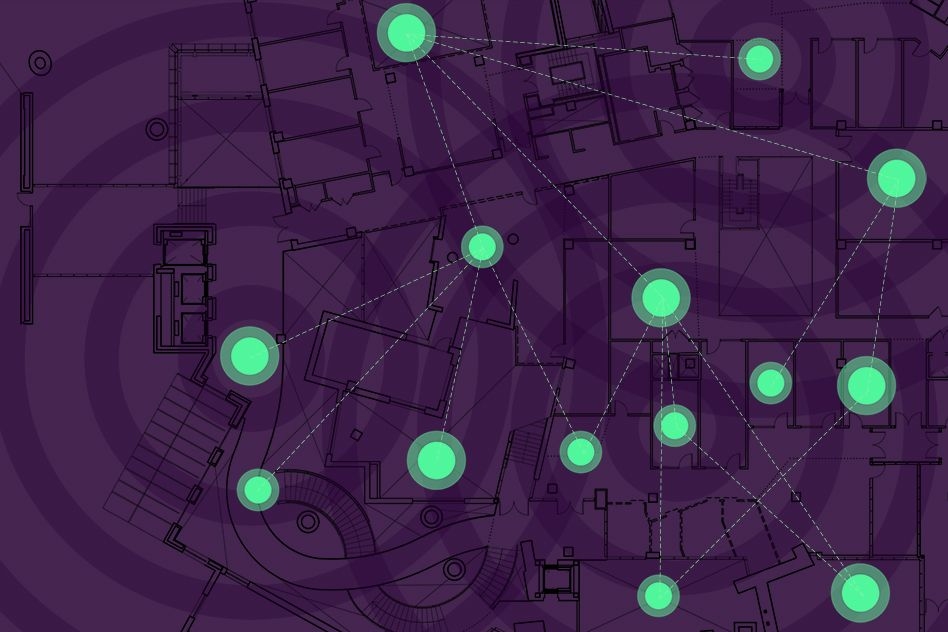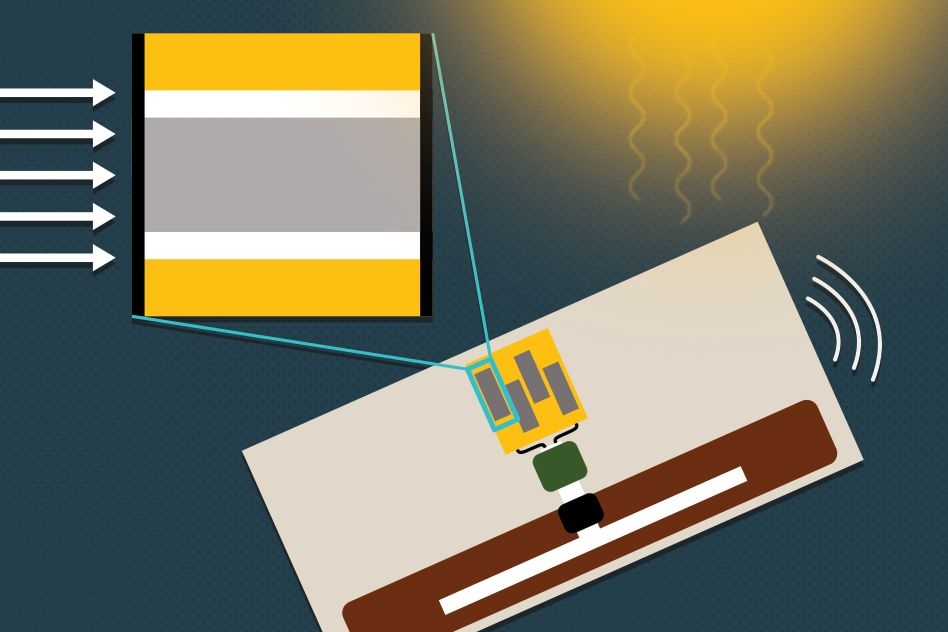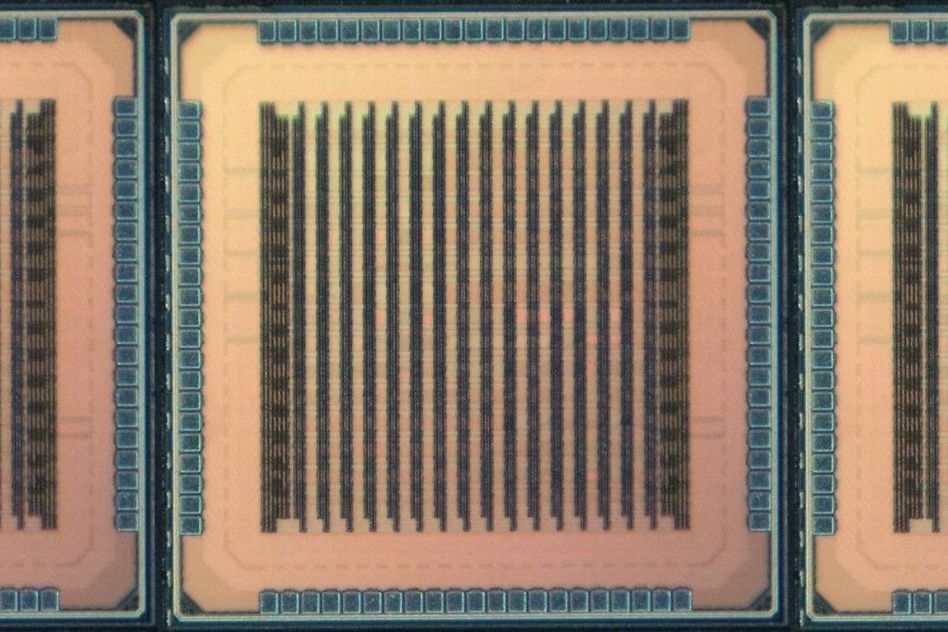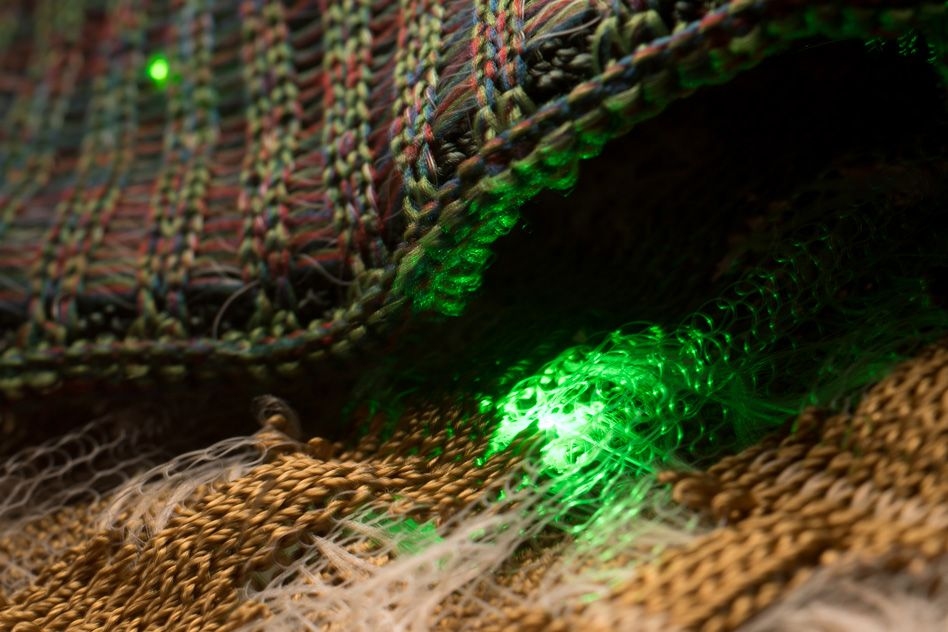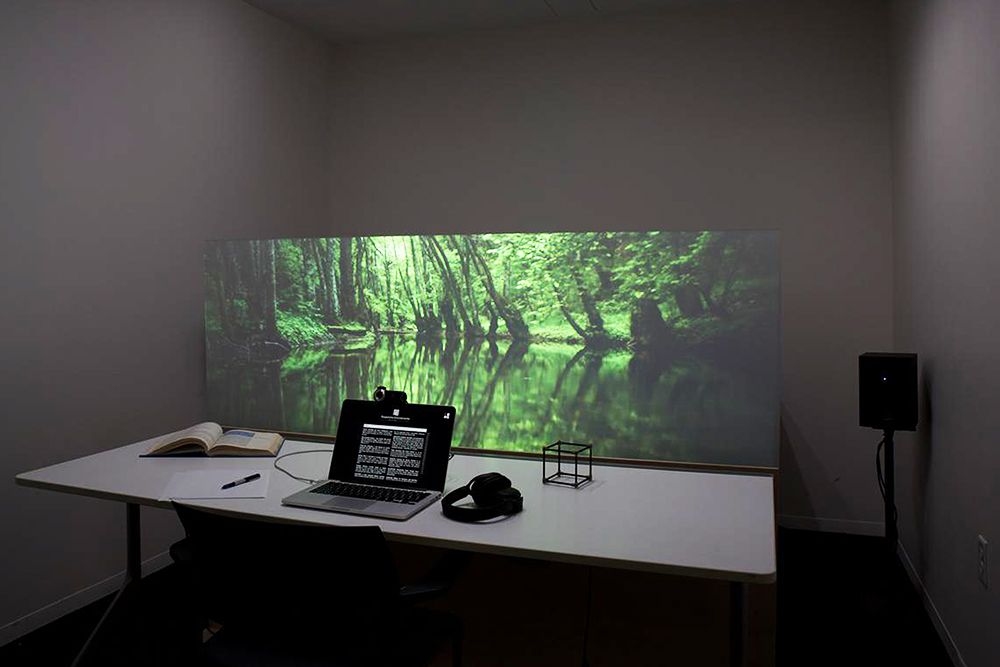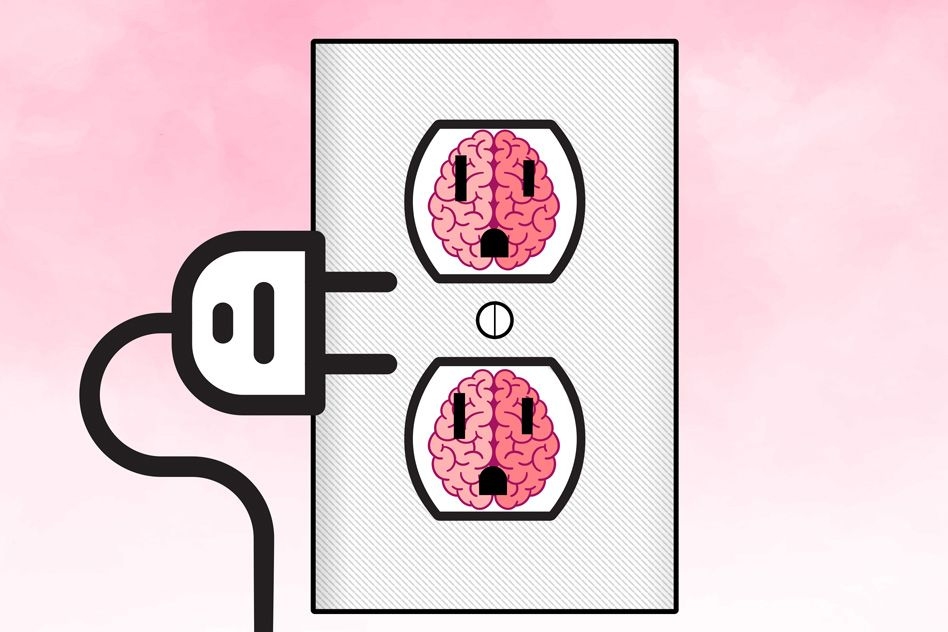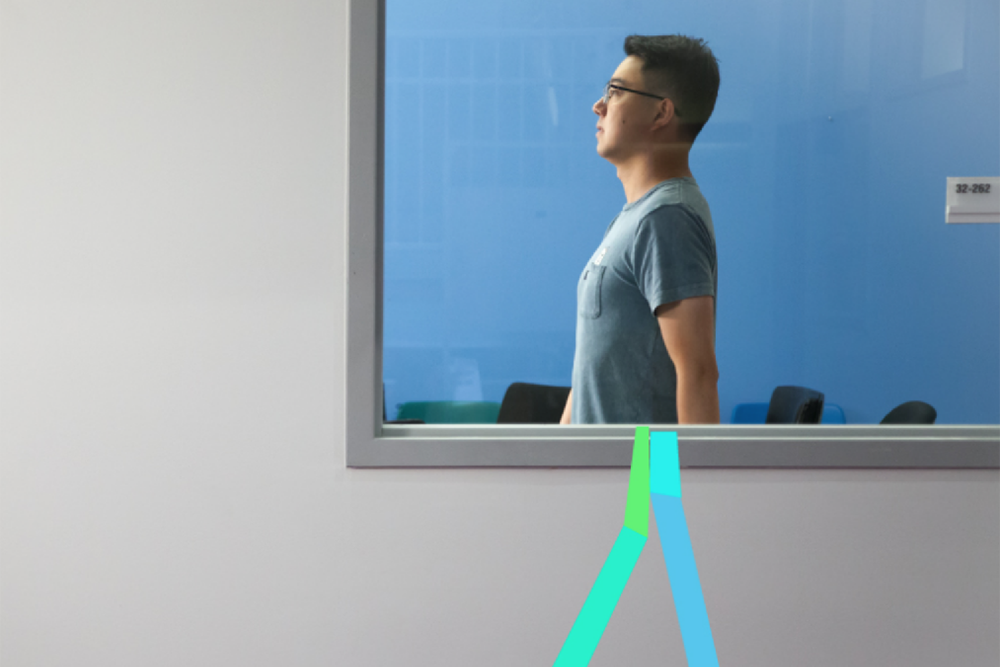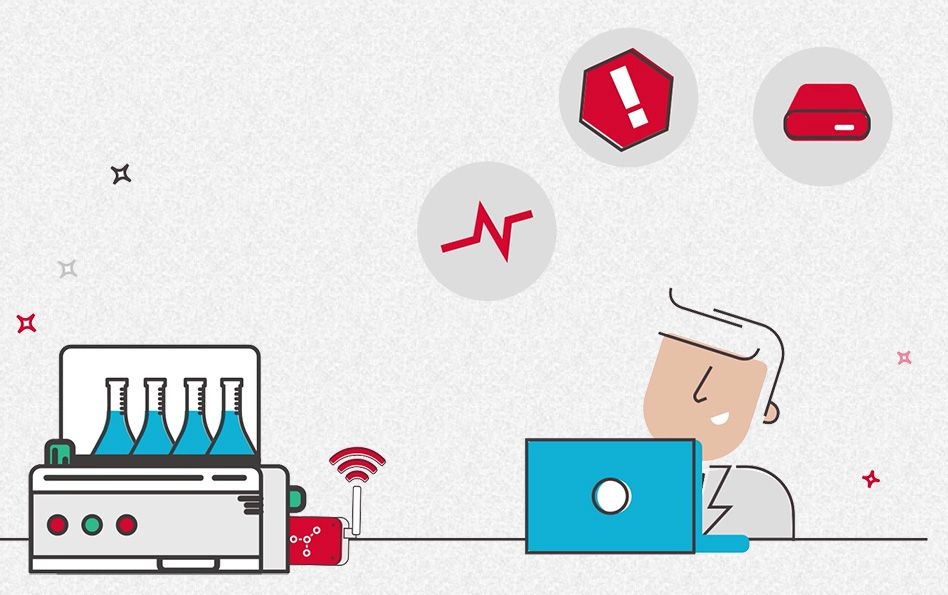Sending clearer signals
Associate Professor Yury Polyanskiy is working to keep data flowing as the “internet of things” becomes a reality. In the secluded Russian city where Yury Polyanskiy grew up, all information about computer science came from the outside world. Visitors from distant Moscow would occasionally bring back the latest computer science magazines and software CDs …


